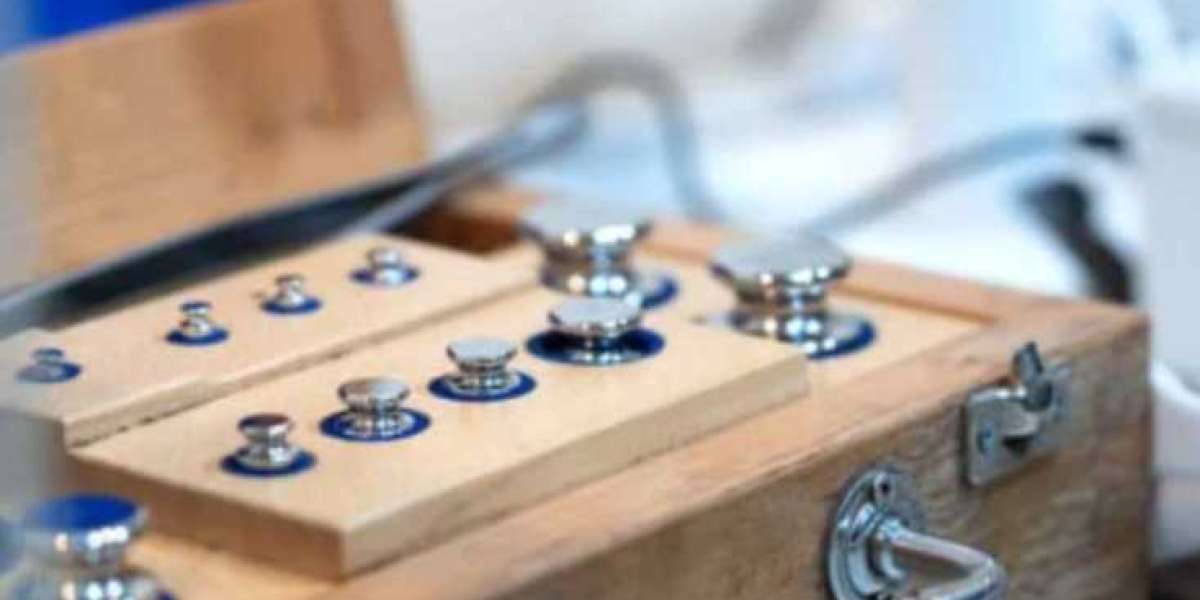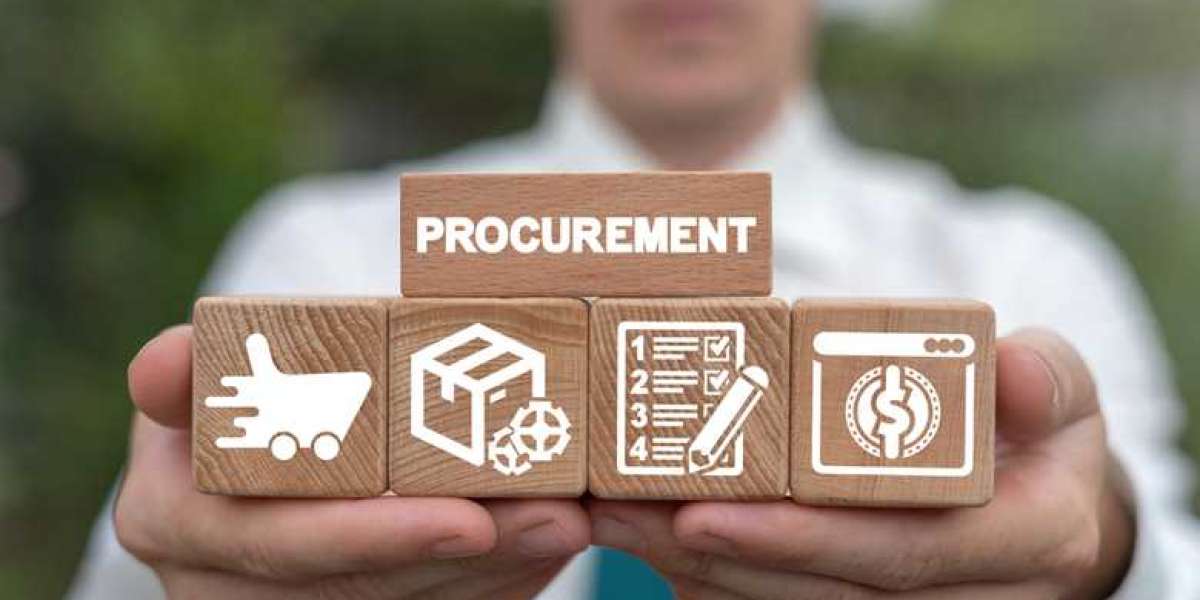Precision and accuracy are crucial in any laboratory or industrial setting that relies on precise measurements. Whether you are using a laboratory weight box, fractional weight box, or a calibration weight set, proper maintenance and calibration are essential to ensuring consistent and accurate results. In this guide, we will discuss the best practices for handling, maintaining, and calibrating standard weights for calibration.
Why Proper Weight Maintenance Matters
Weights play a fundamental role in ensuring the accuracy of balances and scales. Over time, weights can accumulate dust, dirt, and even micro scratches, leading to minor deviations that can impact measurement precision. Regular maintenance helps preserve their integrity and extends their lifespan.
Best Practices for Maintaining Your Weights
- Proper Handling
Always use tweezers or gloves when handling weights to prevent contamination from skin oils. Direct contact can lead to corrosion or weight variations. - Regular Cleaning
- Use a soft, lint-free cloth to wipe off dust and debris.
- For stubborn contaminants, use alcohol wipes or a mild detergent solution and allow them to dry completely before use.
- Avoid using abrasive materials that can scratch the weights.
- Safe Storage
- Store your weights in a laboratory weight box or a fractional weight box to protect them from environmental factors.
- Keep them in a dry, temperature-controlled environment to prevent oxidation and corrosion.
- Avoiding External Interference
- Ensure your weights are kept away from magnetic fields, extreme temperatures, and humidity.
- Never place weights directly on hard surfaces, as this can cause micro damages.
The Importance of Calibration
Even with proper maintenance, weights may experience slight deviations due to handling, environmental changes, or material wear. Calibration ensures your weights remain accurate and reliable over time.
How to Calibrate Your Weights
- Use a Reliable Calibration Weight Set
- A certified calibration weight set provides reference standards that can be compared against your weights.
- Choose weights that comply with OIML or ASTM standards for precise calibration.
- Check with a Precision Balance
- Place the weight on a highly sensitive balance to verify its accuracy.
- Compare the reading with the expected nominal value.
- Adjust or Replace Weights if Necessary
- If weights show deviations, they may require professional recalibration or replacement.
- Laboratories should maintain a regular calibration schedule to prevent inconsistencies.
- Record Calibration Data
- Maintain detailed records of calibration results, including dates, deviations, and adjustments made.
- This helps track performance trends and ensures compliance with industry standards.
Proper maintenance and calibration of standard weights for calibration are essential for ensuring accurate measurements in any laboratory or industrial application. By following these best practices, you can extend the lifespan of your calibration weight set and uphold precision in your weighing processes.








